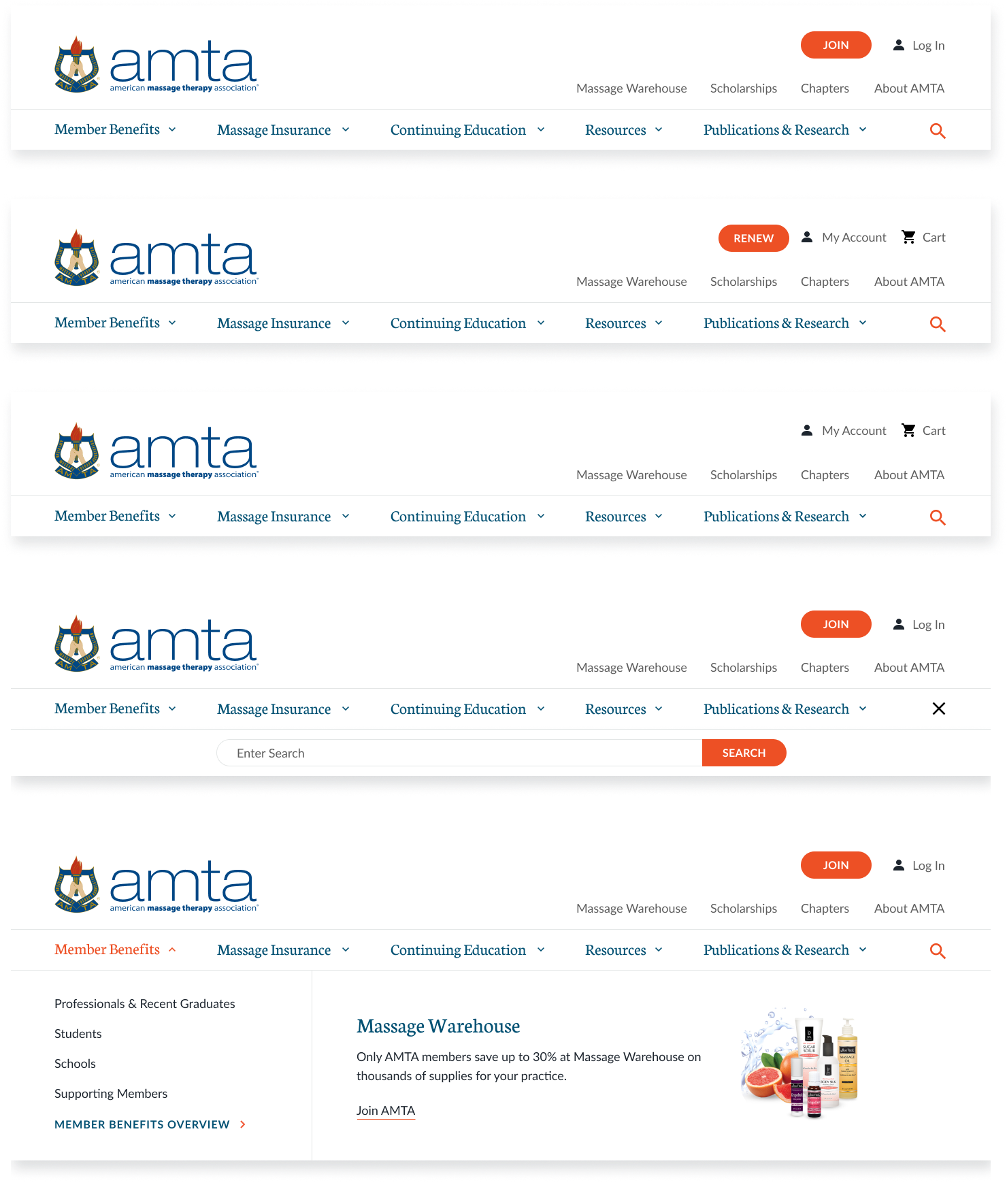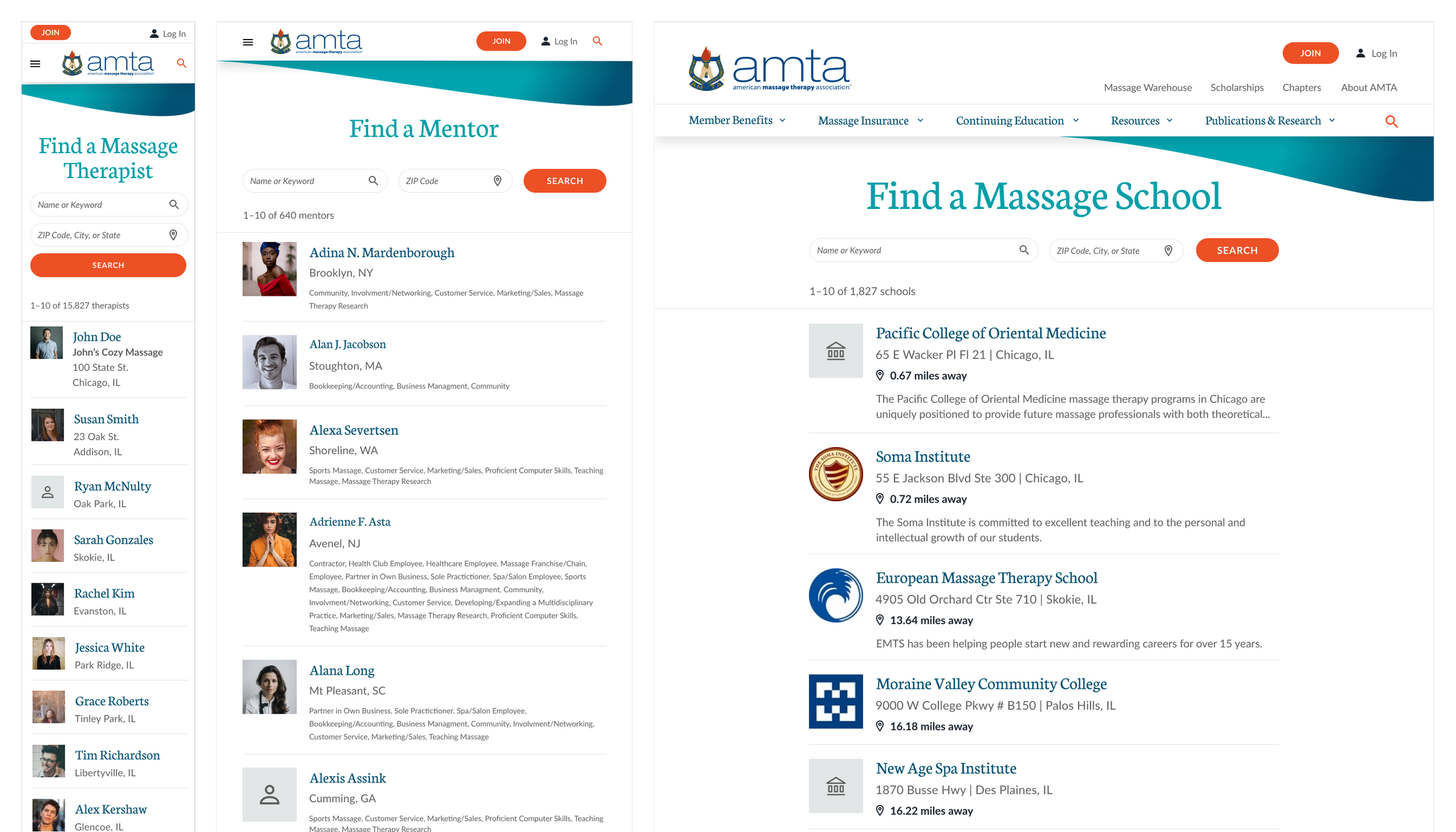American Massage Therapy Association

Overview
The American Massage Therapy Association (AMTA) was founded in 1943 and is the largest non-profit professional association serving massage therapists, massage students, and massage schools. Their mission is to serve AMTA members while advancing the art, science, and practice of massage therapy. Their association has over 85,000 members, mostly across the United States.
Their website was about 10 years old and in need of modernization within its design and functionality. As the size of the site grew over the years, the information architecture became unwieldy, making it difficult for users to find what they were looking for. Their CMS at the time also made it difficult for content creators within the organization.
My Role
I served as a lead designer on the project, working closely with a fellow UX designer and researcher to help identify pain points and opportunities for improvement in the new site. Through collaboration with my team, we were able to deliver AMTA a new site that allowed them to surface important content to users and effectively promote the benefits of their organization.
Discovery
A fellow designer, project manager, developer and I traveled on-site to AMTA’s main office to conduct a series of workshops and interviews with their team.
By talking with AMTA staff, we were able to better understand their frustrations with their current site. We aligned on a vision for a new site that helped better establish AMTA as a dependable, accessible, and supportive resource that members could easily get what they needed from.
Image of outcome from user discovery exercise in which we had AMTA team members identify goals and “anchors” that held back massage therapists (MTs) from accomplishing their goals on the site.
User Survey
Through discussions with the AMTA team, we understood there to be 3 key categories of users:
Professionals
Graduates
Students
We sent out a survey to members to help gain an understanding of their priorities and frustrations with the AMTA site.
Survey Feedback
Overall, continuing education courses were very important to all member types.
Professionals were more focused on managing their membership and accessing their benefits.
Graduates put a higher premium on up-to-date news and research.
Students value the study materials AMTA provides
“The site is slow.”
User Journey
Journey mapping the experience of what it’s like for a prospective member to join AMTA further helped our team empathize with users, and identify opportunities for improvement.
Information Architecture
The IA was restructured in a manner that allowed visitors to more easily find resources by organizing content around user type. Allowing members to first self-identify helped guide them to content that best fit their needs depending on what point of their career they were in.
Original information architecture.
Updated information architecture.
Main Navigation
I considered all main navigation states, taking advantage of renewal periods for logged in users by surfacing a renewal CTA when appropriate.
Updated Design and Component Library
When developing their digital style guide, I needed to be mindful of AMTA’s existing brand elements. It was important to their team that the UI still feel familiar, but be more inviting and modern.

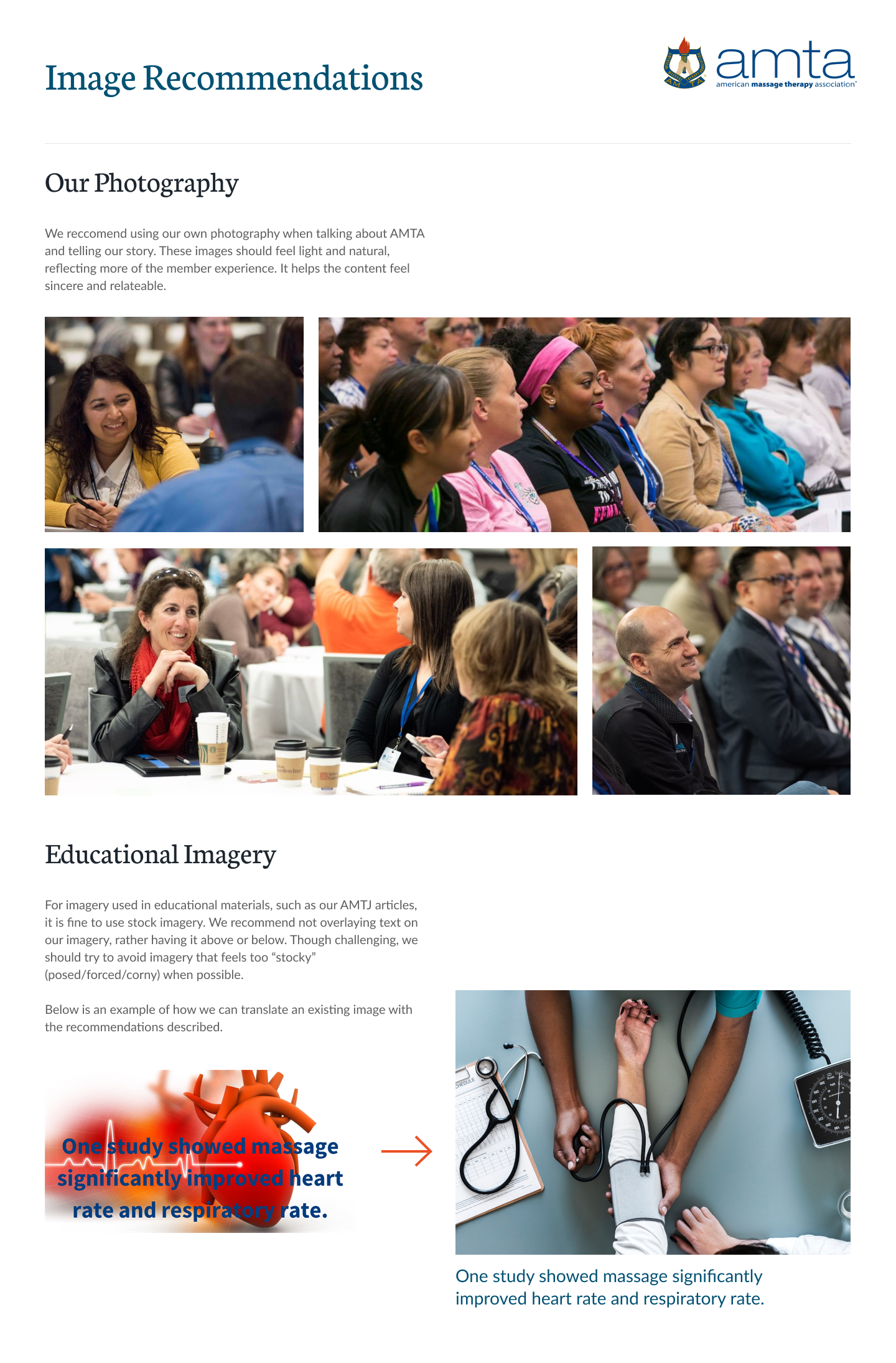
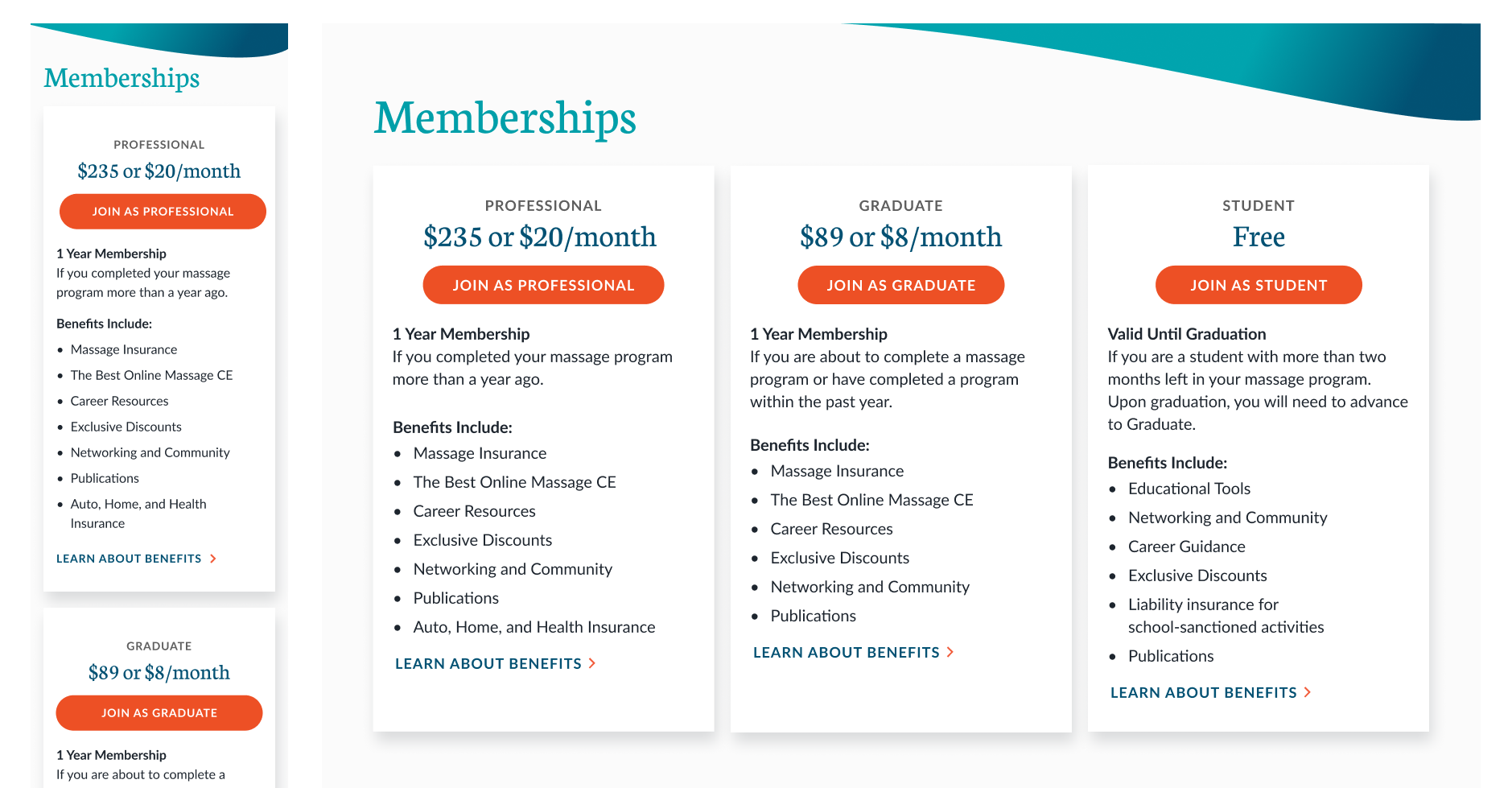

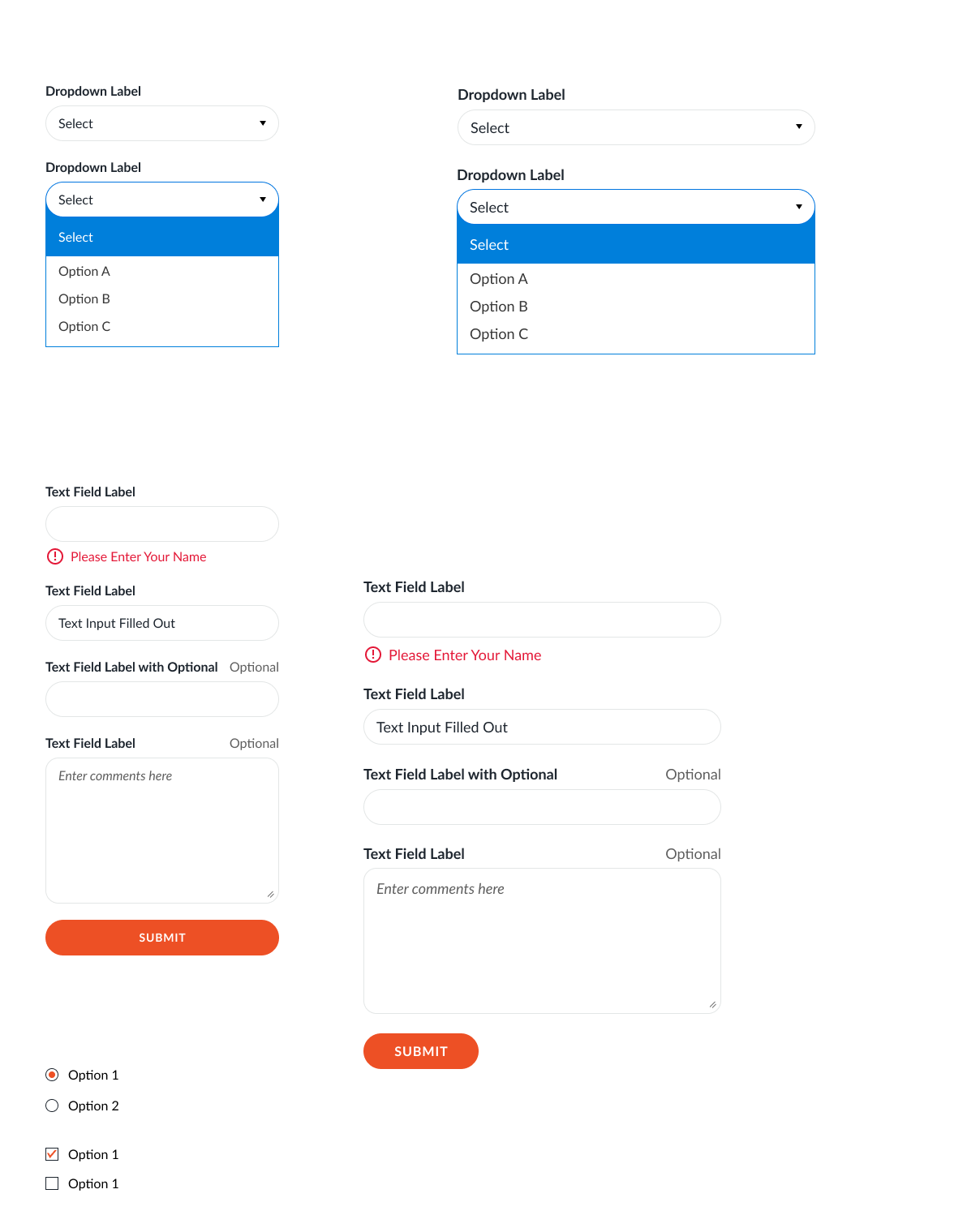
Search Functionality
It was important to the AMTA team that they provide a way for their members to find:
Other therapists as mentors
Schools to pursue their studies within massage therapy
Massage therapists for treatment
Our team was able to design and develop functionality for each of these scenarios.
Outcome
The AMTA team was pleased with not just the new look of their site, but with the new flexibility, their content team had in providing resources and guidance to their existing and prospective members.
After a year, analytics showed:
Average page load time was reduced from 4.46 seconds to 3.20 seconds
The number of transactions made on AMTA’s site increased from 63,700 to 129,428
Number of mobile users increased from 877,302 to 1,028,966
Average number of pages visited per session on the site increased from 4.08 to 5.36

